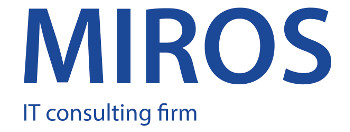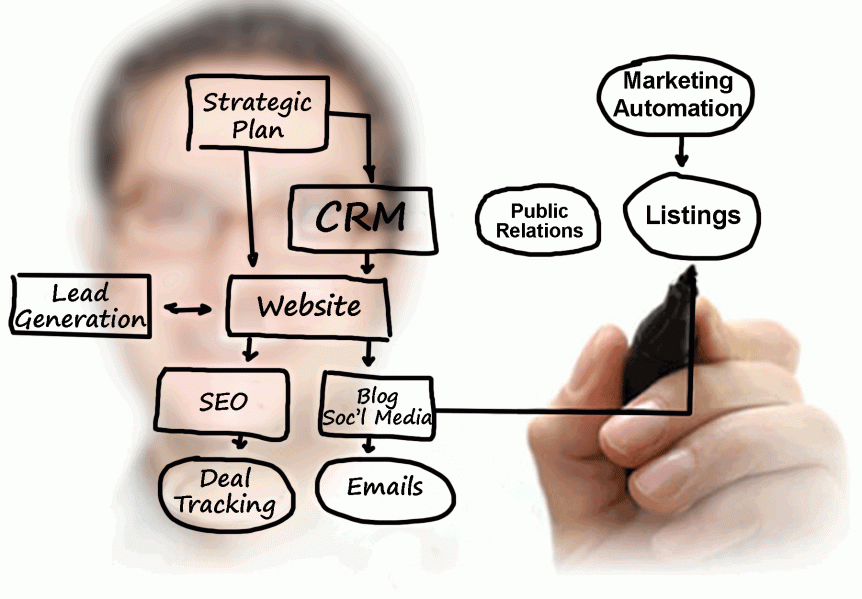Customer Relationship Management is a business strategy aimed at growing mutually rewarding and profitable customer relationships. CRM software is the enabling technology for CRM strategy. However, there’s a disconnect as most CRM software is internally focused on what’s good for the company and lacks both purpose and capabilities to inspire customers to grow their relationships with suppliers.
The next generation of CRM software is needed for two reasons. First, businesses need new strategies and supporting technologies to proactively respond to more empowered customers. Second, CRM software is a 23 year old customer data management technology that lies somewhere between mature and commoditized. It’s time for a technology refresh. Here’s what’s needed for the future of CRM software.
A New Purpose
CRM software must transition from an internally focused, sales driven, customer data management application designed for monologue communication, process efficiency and cost reductions, to an externally focused, conversation driven, customer engagement application designed to engage customers in dialogues across channels, deliver consistent and rewarding customer experiences, and build customer relationships based in part on goals important to customers.
More Customer Engagement
Since customers now initiate the conversations in their preferred online and social channels, CRM software should alert the right business practitioners to these conversations so they can act and engage. Maybe the technology is social listening and engagement. Maybe. If it is it’s in need of a lot of improvement. Social command centers and dashboards look cool in demos, but ever try to use this stuff? It’s like performing a Google search and having to scroll through 15 search result pages to find what you’re looking for. You know anybody that goes beyond 2 search result pages? I don’t.
The challenge here – and the CRM innovation opportunity – is to better separate signals from noise and significantly improve sentiment analysis. The web has a lot of noise. Finding the needle in the haystack requires much more search intelligence than keywords with simple parameters. Once found, the CRM software should prioritize, categorize and route the social content to sales, service or other queues so it can be acted upon quickly by the right people. The technology should tell me when there’s a selling opportunity, a customer problem that needs addressed, a potentially viral situation, a competitor scenario that gives me a business development opportunity or a market movement that may trigger a shift to business strategy.
Improved Customer Experiences
CRM software should help improve the customer experience (CX) at every customer facing interaction. CRM is my customer system of record so I don’t want to go elsewhere to automate my CX strategy. I need a method to actually identify and measure CXs. I need voice of the customer (VOC) tools so customers can tell me what they want and how I’m doing. I need some journey mapping design tools integrated to my existing CRM marketing, sales and service processes. I need intelligent Next Best Offer (NBO) or Next Best Action (NBA) automation to recommend the ideal offer, answer or response – not just based on what’s good for me, but surveying the customer profile and recommending what’s good for me and my customer. A one size fits all recommendation won’t cut it.
I need CRM technology to deliver the optimal information needed to the resource or customer interaction, engagement touch point, or moment of truth in order to improve the customer transaction, decision, resolution, experience or relationship. And please don’t deliver the proverbial 360 degree customer view, deliver just the 6 or 8 degrees that I need at that point in time. I also need some workflow or business process management (BPM) tools to orchestrate customer journeys in order to deliver consistent, rewarding and memorable customer experiences … and in turn achieve strategic objectives such as loyalty, advocacy, customer lifetime value, customer retention and increased revenues and margins.
We all agree that customer experience management is a strategy that grows customer relationships and creates connections that can withstand disruptive technologies, competitor encroachment and the erosion of other competitive advantages. Now I need some technology enablement. Oh, and in the future CX technology will not be separate from CRM. The two will morph. Plan accordingly.
More Business Customer Intelligence
I’m trying to change business culture from opinion driven, gut based or trial and error decision making to data driven, fact based decision making. But without the tools it’s tough. Most CRM software systems deliver basic, historical information reporting. I need to look forward and I need my entire organization to make better business decisions.
Better business intelligence should start with more intelligent customer profiles. Consumers are prolific in social channels, permitting businesses to understand sociological attributes. Knowing what each customer ‘Likes’, forwards, retweets or comments on creates a highly specific customer social graph. Help me collate online data from social networks, web browsing patterns, forums, communities and other social media and append social attributes to the customer profile in the CRM system so I can improve customer segmentation, deliver more relevant messaging, offer higher fit products and provide services that influence loyalty. Then help me determine profiles and traits of high contribution customers and identify other customers with the same characteristics, but not yet in the top contribution segment. Here’s some additional asks.
How about an algorithm that looks at customer profiles and churn patterns and alerts which customers are likely to defect? How about some Bayesian algorithms that examine customer segments and cohorts such as each customers existing products, items acquired by like customers, and applies relatively simple predictive analytics to determine the most likely accepted cross-sell or up-sell offer? How about giving my staff what Amazon gives me with its recommendation engine based on other customers with similar interests or behaviors?
Referring back to my social engagement ask, how about using social monitoring tools to analyze what prospects and customers think about each of my products or services, and my competitors’ products or services, and correlate this sentiment analysis to help me improve sales efforts, product mix, marketing spend, advertising expense, loyalty programs, market share, customer share, competitor programs and specific cost and profit measures? Taking this a step further, there’s also an opportunity to correlate customer sentiment analysis with broad economic factors, specific market indicators, competitor moves or other factors that may uncover patterns that permit companies to model changes for improved customer consumption and company performance.
How about telling me which customers offer the biggest revenue potential at any particular point in time or for particular product lines? How about showing me the customers that deliver negative profits? How about an integrated revenue cycle? How about pro forma revenue modeling (aka Revenue Performance Management) so I can model and manipulate business planning, see the impact and adjust my strategies? I know, there are tools outside the CRM arena that can help me, but integration, ETL, staged data and the custom creation of reports that I suspect virtually every business needs seems laborious and inefficient.
You know how much CRM data goes unused? Most of it. Like a lot of companies, I’m drowning in data but starved for information. I’m looking for help to consolidate, mine, append and apply data to understand how to delight customers, create differentiating customer experiences and make new products and services that are more enthusiastically embraced.
Here’s the Upside
No CRM software publisher offers what I’m asking. Several CRM vendors offer first generation tools but the market needs much more. The balance of power in commerce is forever changing from vendors to customers. To respond, vendors must implement compensating shifts to business strategies and support these strategies with more innovative technologies. Customer demand is running well ahead of technology availability which offers a market disruption opportunity.
The CRM publishers who deliver first to market or early to market innovation will capitalize on a reset moment, assume market leadership and become the disrupters in what will be the next generation of CRM systems.
CRM publishers with extensive resources and install bases who miss first to market innovation delivery but can implement a fast follower strategy via acquisition or reprioritization of internal resources may be able to closely follow and compete with the market innovators. Maybe.
All others will compete for the remaining market, incurring greater risks, higher costs and less margin. Most will not survive. ![]()

